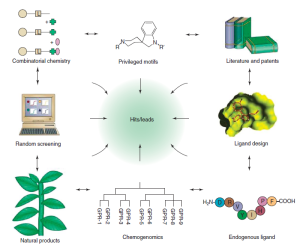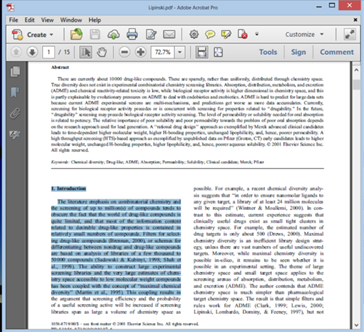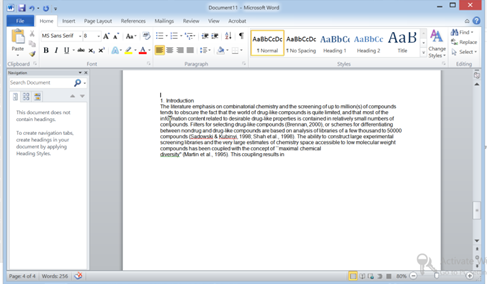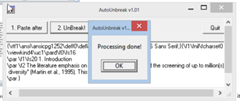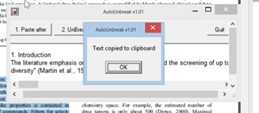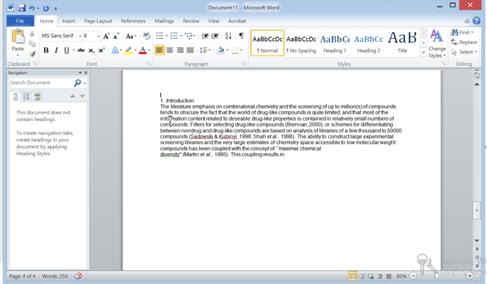Hello Buddies. Here are few topics and title which can be used for B.Pharmacy & M. Pharmacy Projects in the final year. Particularly these are the Titles Project Work Topics for Pharmaceutics specialization.
PHARMACEUTICS: B.Pharmacy & M. Pharmacy Projects: Topics For Project Work Of Pharmaceutics Students
- Formulation and evaluation of topical formulations of Bosweellic acids guggulosterones for the treatment of rheumatoid arthritis
- Supramolecular: Nanomedicine and nanotechnology pre-concentration, separation and recovery of toxic trace metal
- Supercritical fluid technology
- Studies on design and development of dissolvable oral drug delivery systems of a poorly water soluble non-steroidal anti-inflammatory drug
- Designing of a polyherbal formulation for metabolic disorder
- Development of lipidic drug delivery system for bioavailability improvement of the poorly water soluble antihypertensive drug
- Formulation, development of rapidly dissolving films containing anti-histaminic drug
- Formulation and Evaluation of colon targeted drug delivery systems
- Formulation, development and evaluation of controlled drug delivery of analgesics via novel routes

b pharm projects topics and review articles:
- Rotary Tableting Press
- Finished Goods Quality Assurance.
- The Perfect Excipient
- Product Composition Affects Material Selection
- Fractional Experimental Design. Study of the Incompatibility of Benzocaine in Throat Lozenges
- Moisture content of tablet
- Stability of the colorant
- Changes in tablet hardness. friability. dissolution rate
- Formulation and evaluation of colon targeted drug delivery system of mebeverine hydrochloride
- Any significant pharmaceutical problem with the drug product related to its formulation, drug delivery and bio-availability.
- Methods and types of dosage form which already exsits in the market.
- Points you have to study and review for literature purpose:
- One should have to study the history of the drug thoroughly.
- Early and common problems related to exsisting dosage forms.
M.pharm project topics in pharmaceutics
- Drug-induced diseases and Teratogenicity
- Drug dependences, Drug abuse, addictive drugs and their treatment, complications.
- Introduction to drying processes – Study of Tray Dryers: fluidized Bed Dryer.
- Vacuum Dryer and Freeze Dryer.
- Viscosity-Imparting Agents in Disperse Systems
- Oral Aqueous Suspensions
- Topical Suspensions A review
- Bio-availability of drugs, including factors affecting it
- complete data base of drug available by any source like internet, libraries etc.
- Complete physico0chemical parameter of pure drug.
- Study of complete drug profile from authenticated sources like pharmacopoeias, FDA online sites etc.
- study of depth of the drug and its available formulations and problems related with that available problems.
- Development and assessment of Novel In-situ Ocular gels of Ketorolac Tromethamine
- Dissolution improvement of weakly soluble drugs using hot melt Extrusion Technology.
- Dissolution rate Enhancement of Glimepiride and olanzapine by spray drying technique.
- Enhancement of dissolution rate of aceclofenac with meglumin as a novel ternary component
- Formulation and estimate of Aceclofenac Topical Emulgels.
B.PHARMACY & M. PHARMACY PROJECTS: TOPICS FOR PROJECT WORK OF PHARMACEUTICS STUDENTS
- Formulation and estimation of atomoxetine HCL buccal drug delivery system
- Formulation and assessment of capecitabine tablets for colon specific drug delivery system
- Formulation and Evaluation of cyclobenzaprine hydrochloride loaded sustained release microspheres.
- Formulation and evaluation of diclofenac sodium matrix tablets using new natural polymer
- Formulation and evaluation of duloxetine HCL delayed release enteric coated capsules
- Formulation and evaluation of fast disintergrating tablets and films for carbinoxamine maleate
- Formulation and evaluation of frusemide semi solid matrix capsules by liquid filling technology
- Formulation and Evaluation of Glipizide microemulsion.
- Formulation and evaluation of implantable drug delivery system for temozolamide
- Formulation and evaluation of ornidazole topical emulgels
- Formulation and Evaluation pantoprazole sodium enteric coated tablets using different super disintegrants.
- Screening, optimization and characterization of polymers for orally dissolving films.
PHARMACEUTICS Project Topics: B.Pharmacy
Formulation, Evaluation And Validation Of Orally Disintegrating Rizatriptan Benzoate Tablet.
Sustained Release Effervescent Floating Bilayer Tablets A Review Of Novel Approach.
Nanocapsules: Nano Novel Drug Delivery System.
Formulation And Evaluation Of Atomoxetine Hydrochloride Sustained Release Tablets.
Nano-Particles Containing Anticancer Drug.
Solubility Enhancement Of Poorly Water Soluble Drug By Spherical Crystallization Technique.
In-Vitro Antiproliferative Activity Of M. Azedarach.
Impact And Management Tool For Identification And Reduction Of Human Errors In Pharmaceuticals Industry.
Solid Dispersion- A Review.
Validation-In Pharmaceutical Industry : Cleaning Validation – A Brief.
A Review On Gastro-Intestinal Drug Esomeprazole.
Effect Of Ascorbic Acid On Dissolution Stability Of Rifampicin In Market Fixed Dose Combination Products For Tuberculosis.
Prepration And Evaluation Of Nano-Emulsion Formulation By Using Spontaneous Emulsification.
Preparation Method, Properties And Crosslinking Of Hydrogel: A Review.
Formulation Development And In Vitro Evaluation Of Mouth Dissolving Tablets Of Pioglitazone Hydrochloride.
Formulation And Evaluation Of Orodispersible Tablets To Enhance Dissolution Rate Of Lamotrigine By Using Solid Dispersion Technique.
Formulation And Evaluation Of Metformin Hydrochloride Buccal Patch
Recent Pharmaceutics project topics – Current research topics
- Lipid Based Solid Self-Emulsifying Delivery System Of Pitavastatin Calcium: Development And Characterization
- Design And Characterization Of Paclitaxel Loaded Nanoparticles With Piperine
- Development And Characterization Of Topical Microemulsion Of Tranexamic Acid
- Exploring Career Advancement Of Pharmacy Support Staff Within Two Queensland Hospitals: A Qualitative Study
- Significant Predictors For Topiramate Pharmacokinetics: A Systematic Review Of Population Pharmacokinetic Studies
- Nanocapsule Formation By Interfacial Polymer Deposition Following Solvent Displacement
- Stability Indicating Reverse Phase High Performance Liquid Chromatography Method For Simultaneous Estimation Of Allantoin, Hydroquinone And Tretenoin In Cream Formulation.
- Process Control And End-Point Determination Of A Fluid Bed Granulation By Application Of Near Infra-Red Spectroscopy
- Chirality And Its Importance In Pharmaceutical Field-An Overview
- Recent Advances In Nanosponges As Drug Delivery System
- Fabrication Of Mebendazole Loaded Solid Lipid Nanoparticles: Formulation, Optimization, Characterization, Stabilization, And In-Vitro Evaluation
- In Vitro Evaluation And Characterization Of The Nanoparticulate System Of Novel Taxane Derivative
- A Comprehensive Review On Solid Lipid Nanoparticles As Delivery Vehicle For Enhanced Pharmacokinetic And Pharmacodynamic Activity Of Poorly Soluble Drugs
The above topics are from the recent work of the scientists and researchers. You can get an idea of the current trend in the Pharmaceutics department. Try to get more information on these type of research work from scholars or research papers and try to do your own way of the topics so that you can get amazing project for your M Pharmacy or B Pharmacy Project topics.
mpharmacy project topics idea name
ou m.pharmacy secind year project work dates
topics for m pharm thesis
m.pharm ceutics chemicals names
msc pharmacy project topic on pharmacognosy
project topics in pharmaceutics
regulatory affairs project titles
m pharm thesis
m pharma cwutics ke projact
official new project of pharmaceutical analysis
m.pharm p.ceutics various project
This article is updated now. M.pharm pharmaceutics project new list 2022





